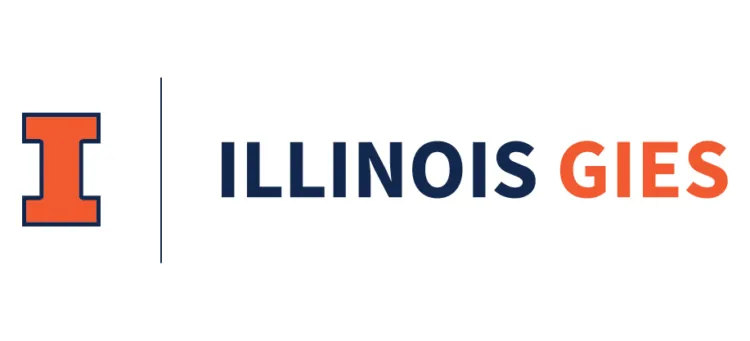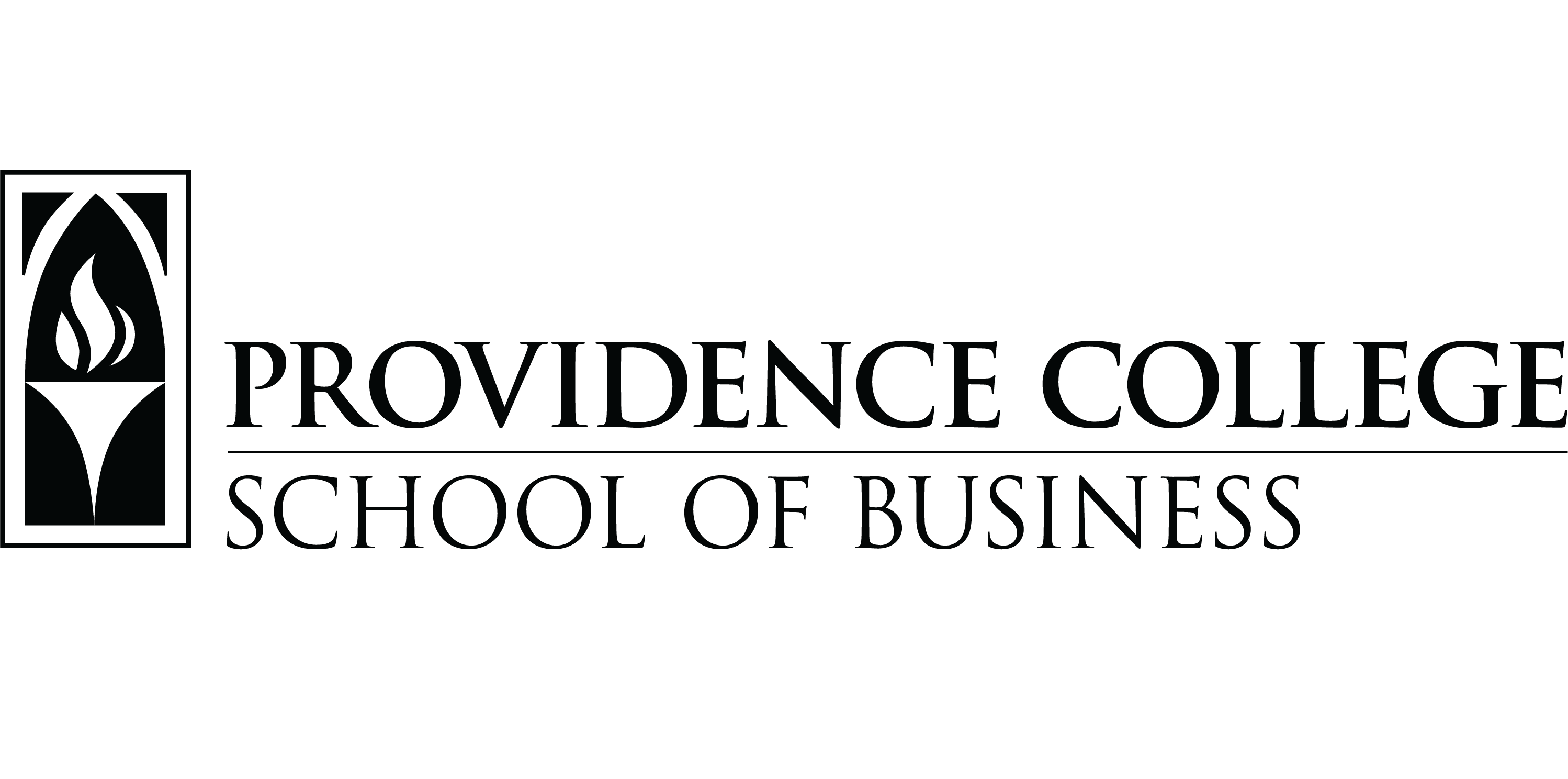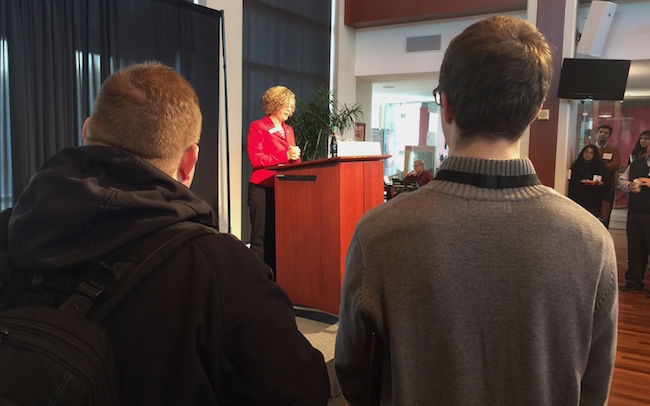‘WE ARE ALWAYS TRYING TO PUT OUR BEST FOOT FORWARD’
Truth be told, it’s not an inexpensive proposition. The total four-year cost, including room and board, to attend the program for an out-of-state student is $173,362. Still, that sum is more than $100,000 less that the highest pricetag for a business undergraduate degree: A whopping $279,190 at Georgetown University’s McDonough School of Business. For Indiana residents, Kelley is an absolute bargain at $83,565. Kelley, moreover, provides scholarships to 93% of its students, with an average award of $9,338 (see Total Cost To Attend A Top 50 Business School).
Given the expense and the inevitable concern among many parents about the cost of higher education, Kelley aims to use Admit Day to persuade most prospective students that this is the place they want to spend four years of their young lives. “We are always trying to put our best foot forward,” says Leftwich.
For Kelley, that’s an easy story to tell. Despite the school’s mammoth size, it has managed to put together one of the most highly innovative and acclaimed undergraduate experiences of any business school in the world. When Poets&Quants’ recently asked recent alumni of leading schools if they would recommmend their alma mater to a close friend, no school scored higher than Kelley. In fact, on 12 core metrics of student satisfaction, the school racked up 11 ‘A’ grades, including eight A+ scores that put its academic experience among the top five U.S. schools in the U.S. (see Ranking Report Card: How Alums Grade Their Schools).
MUNCHING ON BARBECUE MEATBALLS AND FRUIT SALAD
No program did better in career advising or offering its students the opportunities to nurture and improve their business skills. Overall, Kelley’s undergraduate program ranked seventh best, ahead of the schools at such big publics as Virginia, Michigan, Texas and North Carolina as well as such elite privates as New York University and the University of Southern California.
Kelley started off this year’s event with three successive receptions at Henke Hall, an expansive space nestled aside the university’s football stadium. With the first reception starting at 4 p.m. Friday (Feb. 10) and the last ending at 9:30 p.m., prospective students and their parents munch on fruit salad, barbecue meatballs and chicken skewers in an expansive hall decorated with white and red balloons, small high-rise tables draped with red tablecloths, and trophy cases filled with football memorabilia. Admits and their parents mingle and mix with current Kelley students, faculty and staff, engaging in myriad conversations that cover everything from the school’s 18 majors and 59 study abroad options in 29 countries to the party culture and safety of the university campus.
Kesner gets up to deliver the first of the three welcome addresses, a neatly crafted talk that is at times humorous, self-deprecating and as genuine as the corn and soybeans that come off the farms in the Hoosier State. She quickly says she has a few confessions to make. “I am definitely biased, but I think this is the best school in the world,” she says. Just as quickly, she confesses that both her children did not attend the Kelley School, instead preferring to go off to Washington University in St. Louis and American University in Washington, D.C. “Here’s the reason. Every person is different and we encouraged them to go far, far away,” she says to laughs.
‘I WASN’T SURE I WAS GOING TO MAKE IT IN MY FIRST SEMESTER’
Kesner then relates an anecedote from her son’s experience in WashU’s business school. In his entrepreneurship class, the professor sees that her son is from Bloomington, Indiana, and walks up to him and asks, “‘Why are you here? You come from Bloomington and the Kelley School has a much better entrepreneurship program.’”
Deftly switching gears to speak directly to the jittery students in the room, she shares what it was like for her to come to Kelley for an MBA in the early 1980s. “I wasn’t sure I was going to make it in the first semester at Kelley,” she confides. “I hit a rough patch. I didn’t do well on a critical exam. For awhile, I started to question whether my decision to come here was a good one and whether it had been a mistake.”
She met with a faculty member who urged her to hang in at least through the end of the semester. “If we didn’t think you could make it here, we wouldn’t have admitted you. I got the support I needed and found out I was meant to be here. Even when I doubted myself, the faculty here were the ones who gave me confidence.”
‘OUR CULTURE IS THE BEST YOU CAN EXPERIENCE’
At that moment, you could imagine the one-time student of nearly 40 years ago, the girl-next-door, with her short bob of curly blonde hair, settling in with newfound confidence. She stayed on to earn her doctorate in business in 1983, moved on to her first teaching job at the Kenan-Flagler Business School at UNC and returned to Kelley as a professor in 1995. Until becoming the first woman to lead Kelley as dean in 2012, Kesner had racked up teaching awards in 14 different years in the school’s undergraduate, MBA and executive programs.
“Our culture,” she says with all sincerity, “is the best you can experience. And it does make a difference where you go. We are different in our collegiality, our collaboration and our teamwork. No other school is quite like what we have here.”
At one point, the dean asks the staff and faculty to raise their hands amid the sea of people in the room. At least, three dozen hands go into the air. “Are you going to see that many faculty and staff at other schools show up on a Friday afternoon when the bars are open?,” she asks. “I can guarantee you it’s not the norm at other schools. They are here to help you achieve your dreams. At Kelley, we get to know you.”
‘WE CAN TALK UNTIL WE ARE BLUE IN THE FACE’
Her talk complete, Kesner spends every last moment engaging with parents and their children before climbing back up to the podium to do the same talk again and again. The main event, however, is held today (Jan. 11). on a Satruday morning at exactly 9:05 a.m. when Dean Kesner greets guests at the 3,000-seat university auditorium where a core part of the program is put on by students.
Six different students will take the stage, in front of 3,000 guests, and deliver well-rehearsed narratives of their own student journeys, each introduced by a tightly edited video that shares their background stories and offers a peek at their personalities. In one production, student Luke Hochgesang can be seen climbing out of a bed, realizing that his alarm failed to wake him in time for an important presentation at the school. He frantically puts on his clothes and runs into Hodge Hall, the building housing Kelley’s undergraduate school, barely making the presentation. It’s the recreation of a real story that will serve as the basis for his talk.
“We can talk until we are blue in the face, but prospective students and their parents really want to hear from students,” says Leftwich. “So we have our students write and tell their own stories. We want parents to see their own sons and daughters up there.”











